Pollution of Arable and Pasture Lands in the Village of Panfilovskoye
Coordinates: Latitude 42°787178 Longitude 73°610606
Plastic pollution is represented in many forms, including the contamination of water bodies, water pollution with plastic particles, plastic nets, and so on. A large number of plastic products produced each year are intended for single use: disposable packaging items or products that are typically discarded within a year. Consumers of various types of plastic products often use them once and then throw them away or replace them.
The average decomposition time for plastic products created using different technologies ranges from 400 to 700 years. Plastic bags, which are used daily by people, decompose in nature over 100 to 200 years. This is the downside of the strength and durability of plastic products.
The main concerns are related to the fact that plastics, when entering the soil, break down into small particles and can release chemicals added to them during production into the environment. These can include chlorine, various chemicals such as toxic or carcinogenic flame retardants. These chemicals can seep into groundwater or other nearby water sources, which can cause serious harm to those who drink this water.
Plastics contain many different types of chemicals depending on the type of plastic. The addition of chemicals is the main reason why these plastics have become so versatile; however, this creates associated problems. Some of the chemicals used in plastic production carry the risk of being absorbed by humans through skin contact. Currently, not much is known about how severely people can physically suffer from these chemicals. Some of the chemicals used in plastic production can cause dermatitis upon contact with human skin. In many plastics, these toxic chemicals are used only in small amounts, but often a significant number of tests are required to establish the presence of toxic elements contained in the plastic as inert material or polymer.
Additionally, so-called biodegradable plastic can release methane as it decomposes, which is a very potent greenhouse gas, contributing significantly to global warming.
Soil pollution means the presence of chemicals and materials in the soil that have a significant negative impact on any living organisms or soil functions. Substances that pollute the soil include inorganic and organic compounds, certain types of organic waste, and so-called "chemicals of emerging concern," which enter the soil and accumulate in it.
Soil pollution directly affects food security; there is a direct link between the quality and safety of food and the level of pollutants in the soil. Since many pollutants are absorbed by plants in various ways, they accumulate in the food chain, threatening the safety of food consumed by both animals and humans. Furthermore, soil pollution negatively affects food availability due to reduced yields associated with toxic levels of pollutants that suppress crop growth and reduce soil biodiversity, thereby increasing the food security problem.
Moreover, soil pollution can exacerbate and accelerate other degradation processes. It leads to the loss of biodiversity and, consequently, the loss of soil carbon, which reduces the stability of soil aggregates and the erosion resistance of soils, thus accelerating soil erosion. Soil pollution not only affects food production but also the quality of groundwater and threatens the ecosystem services provided by the soil.
Most of the harm is caused by the plastic that people throw away in inappropriate places or that ends up in illegal dumps. Plastic pollution can also affect people aesthetically, creating an "eyesore" that detracts from the enjoyment of the natural environment. Experts identify three main methods of plastic disposal: landfill burial, incineration, or recycling for reuse in production.
Plastic pollution is represented in many forms, including the contamination of water bodies, water pollution with plastic particles, plastic nets, and so on. A large number of plastic products produced each year are intended for single use: disposable packaging items or products that are typically discarded within a year. Consumers of various types of plastic products often use them once and then throw them away or replace them.
The average decomposition time for plastic products created using different technologies ranges from 400 to 700 years. Plastic bags, which are used daily by people, decompose in nature over 100 to 200 years. This is the downside of the strength and durability of plastic products.
The main concerns are related to the fact that plastics, when entering the soil, break down into small particles and can release chemicals added to them during production into the environment. These can include chlorine, various chemicals such as toxic or carcinogenic flame retardants. These chemicals can seep into groundwater or other nearby water sources, which can cause serious harm to those who drink this water.
Plastics contain many different types of chemicals depending on the type of plastic. The addition of chemicals is the main reason why these plastics have become so versatile; however, this creates associated problems. Some of the chemicals used in plastic production carry the risk of being absorbed by humans through skin contact. Currently, not much is known about how severely people can physically suffer from these chemicals. Some of the chemicals used in plastic production can cause dermatitis upon contact with human skin. In many plastics, these toxic chemicals are used only in small amounts, but often a significant number of tests are required to establish the presence of toxic elements contained in the plastic as inert material or polymer.
Additionally, so-called biodegradable plastic can release methane as it decomposes, which is a very potent greenhouse gas, contributing significantly to global warming.
Soil pollution means the presence of chemicals and materials in the soil that have a significant negative impact on any living organisms or soil functions. Substances that pollute the soil include inorganic and organic compounds, certain types of organic waste, and so-called "chemicals of emerging concern," which enter the soil and accumulate in it.
Soil pollution directly affects food security; there is a direct link between the quality and safety of food and the level of pollutants in the soil. Since many pollutants are absorbed by plants in various ways, they accumulate in the food chain, threatening the safety of food consumed by both animals and humans. Furthermore, soil pollution negatively affects food availability due to reduced yields associated with toxic levels of pollutants that suppress crop growth and reduce soil biodiversity, thereby increasing the food security problem.
Moreover, soil pollution can exacerbate and accelerate other degradation processes. It leads to the loss of biodiversity and, consequently, the loss of soil carbon, which reduces the stability of soil aggregates and the erosion resistance of soils, thus accelerating soil erosion. Soil pollution not only affects food production but also the quality of groundwater and threatens the ecosystem services provided by the soil.
Most of the harm is caused by the plastic that people throw away in inappropriate places or that ends up in illegal dumps. Plastic pollution can also affect people aesthetically, creating an "eyesore" that detracts from the enjoyment of the natural environment. Experts identify three main methods of plastic disposal: landfill burial, incineration, or recycling for reuse in production.

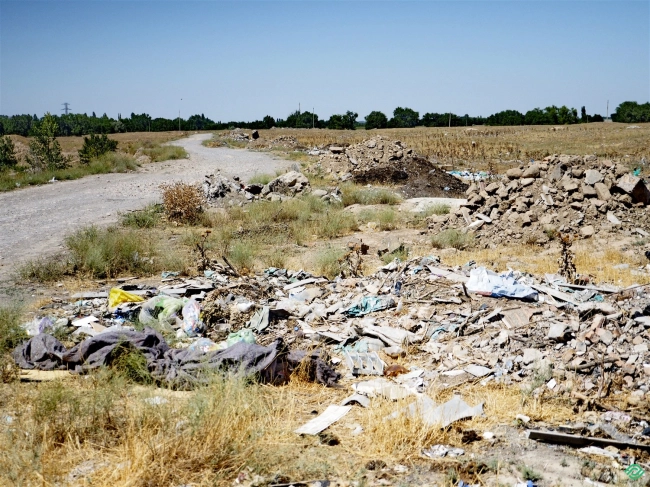
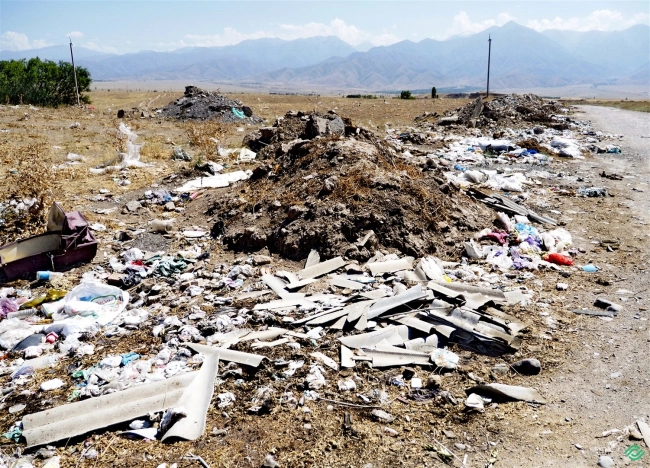
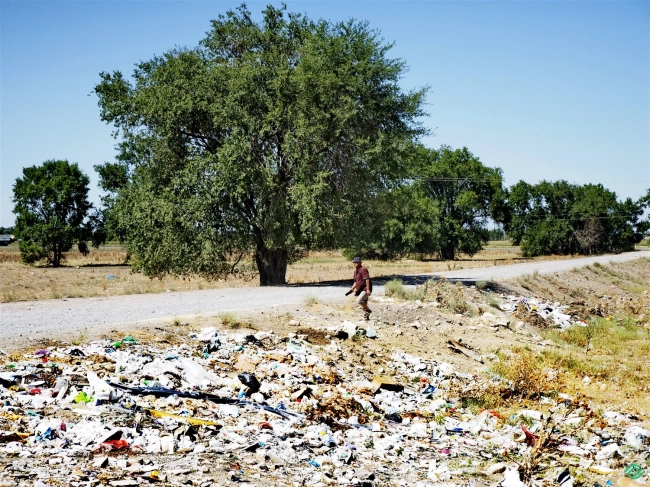
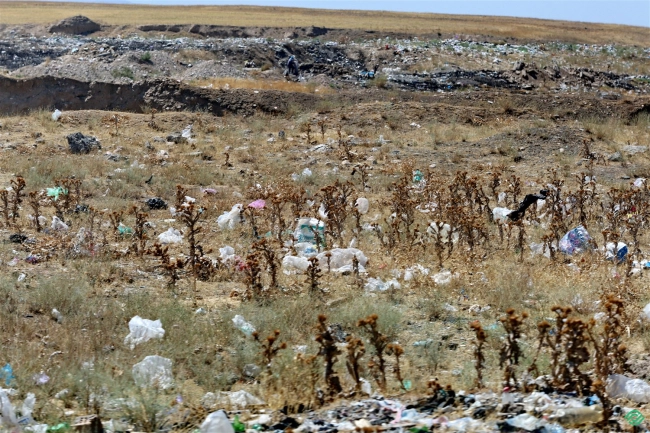
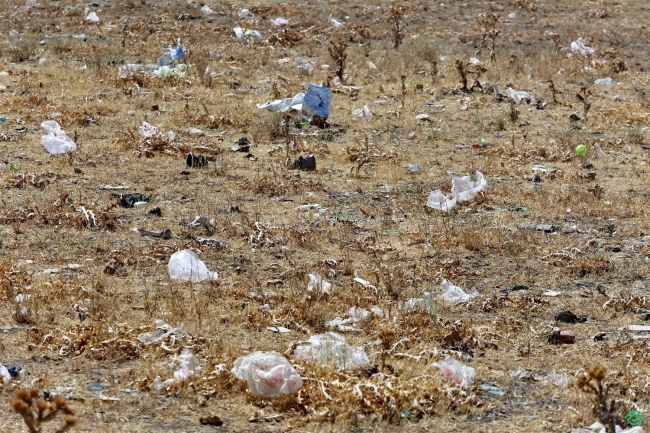
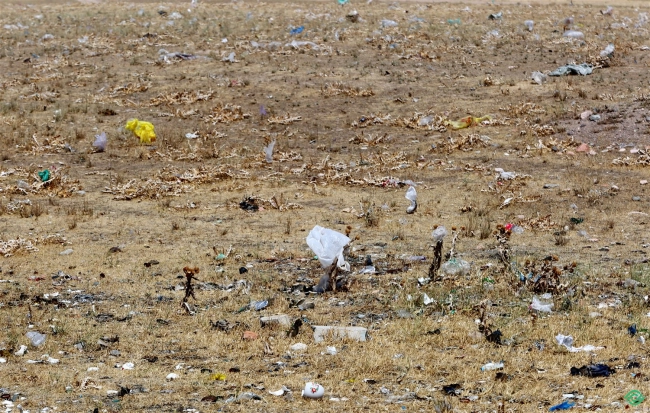
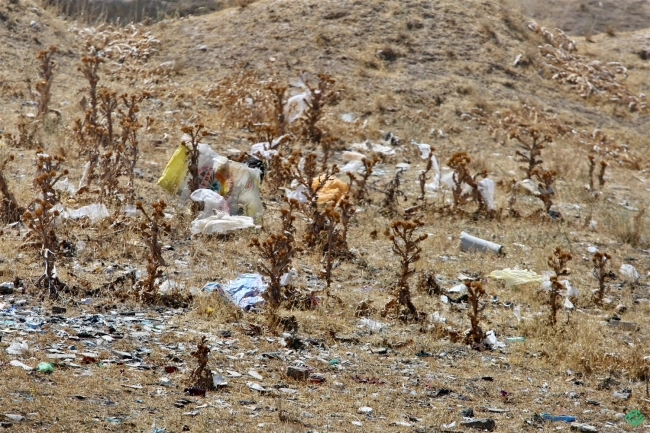

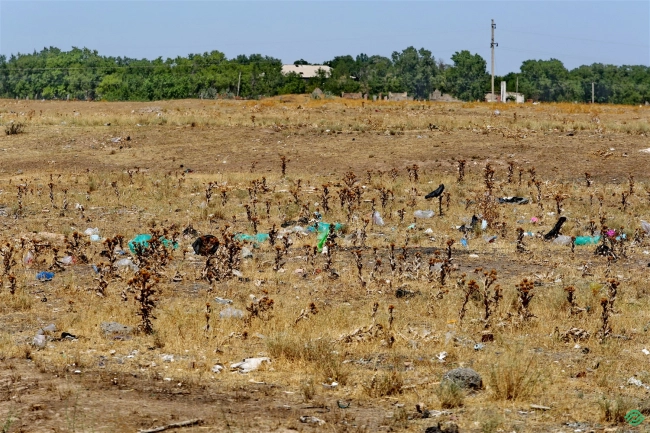
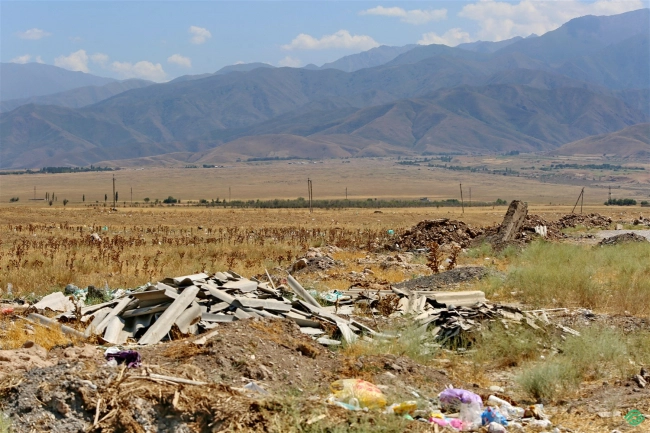



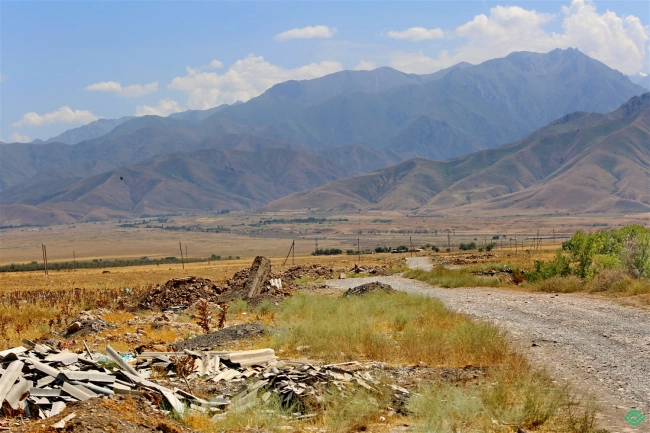
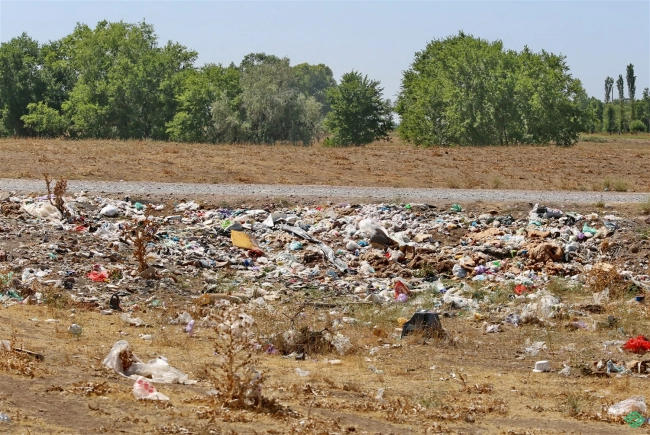


















Attention: Information based on submitted complaints